Succulent plants are a type of plant that store water in their leaves, stems, and roots. They are known for their thick, fleshy leaves and unique shapes and colors. Succulents have gained popularity in recent years due to their low maintenance requirements and ability to thrive in various environments. Indoor gardening, on the other hand, refers to the practice of growing plants indoors, typically in pots or containers. There are numerous benefits to indoor gardening, including improved air quality, stress relief, and aesthetic appeal. When it comes to indoor gardening, succulents are the perfect choice due to their ability to adapt to indoor conditions and their unique beauty.
Benefits of Growing Succulents Indoors
One of the main benefits of growing succulents indoors is their ability to purify the air. Like other plants, succulents absorb carbon dioxide and release oxygen through the process of photosynthesis. However, succulents are particularly efficient at this process due to their ability to store water in their leaves. This allows them to continue photosynthesizing even in dry conditions, making them excellent air purifiers.
In addition to improving air quality, succulents also provide stress relief. Studies have shown that being around plants can reduce stress levels and improve mood. The presence of greenery indoors can create a calming and soothing environment, helping to alleviate anxiety and promote relaxation. The unique shapes and colors of succulents can also be visually appealing and provide a sense of tranquility.
Furthermore, succulents are known for their aesthetic appeal. With their wide variety of shapes, sizes, and colors, succulents can add a touch of beauty and elegance to any indoor space. Whether you prefer small, delicate succulents or large, statement-making ones, there is a succulent species that will suit your taste and style. Their unique textures and patterns make them a popular choice for interior decorators and plant enthusiasts alike.
Lastly, succulents are low maintenance plants, making them perfect for indoor gardening. They are able to survive in dry conditions and can tolerate neglect, making them ideal for busy individuals or those with limited gardening experience. Succulents require minimal watering and can go for long periods without being watered. They also do not require frequent fertilizing or pruning, making them a hassle-free choice for indoor gardening.
Choosing the Right Succulent Species for Indoor Gardening
When it comes to choosing the right succulent species for indoor gardening, it is important to consider their light, temperature, soil, and watering requirements.
Light requirements vary among different succulent species. Some succulents prefer bright, direct sunlight, while others can tolerate lower light conditions. It is important to research the specific light requirements of the succulent species you choose and place them in an appropriate location in your home. South-facing windows are typically the best choice for succulents that require bright light, while east or west-facing windows are suitable for those that prefer indirect light.
Temperature requirements also vary among succulent species. Most succulents prefer warm temperatures between 70-90°F (21-32°C). However, some succulents can tolerate cooler temperatures as low as 50°F (10°C). It is important to keep your succulents away from drafts or extreme temperature fluctuations to ensure their optimal growth and health.
Succulents require well-draining soil to prevent root rot. A mixture of potting soil and perlite or sand is ideal for succulents. This allows excess water to drain away from the roots and prevents waterlogged soil. Avoid using regular garden soil or heavy potting mixes, as they can retain too much moisture and lead to root rot.
Watering requirements for succulents are unique compared to other houseplants. Succulents are adapted to survive in arid conditions and can store water in their leaves, stems, and roots. They prefer to be watered infrequently but thoroughly. It is important to allow the soil to dry out completely between waterings to prevent overwatering, which can lead to root rot. When watering, it is best to soak the soil until water drains out of the bottom of the pot, ensuring that the roots receive enough moisture.
Tips for Creating a Perfect Indoor Environment for Succulents
Creating the perfect indoor environment for succulents involves providing the right lighting, temperature, humidity, and air circulation.
Lighting is crucial for the growth and health of succulents. As mentioned earlier, most succulents prefer bright, direct sunlight. Placing them near a south-facing window or using grow lights can provide them with the necessary light they need to thrive. If you do not have access to bright light, there are succulent species that can tolerate lower light conditions, such as Haworthia or Sansevieria.
Temperature is another important factor to consider when creating an indoor environment for succulents. Most succulents prefer warm temperatures between 70-90°F (21-32°C). However, they can tolerate cooler temperatures as low as 50°F (10°C). It is important to keep your succulents away from drafts or extreme temperature fluctuations, as this can stress the plants and affect their growth.
Humidity levels can also impact the health of succulents. Succulents are adapted to dry conditions and do not require high humidity. In fact, high humidity can increase the risk of fungal diseases and rot in succulents. It is best to keep humidity levels around 40-50% for optimal growth. If you live in a humid climate or have a humidifier in your home, it is important to provide adequate air circulation to prevent excess moisture around the plants.
Air circulation is essential for succulents, as it helps prevent the buildup of moisture and reduces the risk of fungal diseases. Placing a fan near your succulents or opening windows periodically can help promote air circulation. It is also important to avoid overcrowding your succulents, as this can restrict air movement and increase the risk of disease.
Essential Tools and Equipment for Succulent Indoor Gardening
To successfully grow succulents indoors, there are several essential tools and equipment that you will need.
Pots and containers are necessary for planting your succulents. It is important to choose pots with drainage holes to ensure proper drainage and prevent waterlogged soil. Terra cotta pots are a popular choice for succulents, as they allow for better airflow and moisture evaporation. However, any pot with drainage holes will work as long as it is the appropriate size for your succulent.
Soil mix is another essential item for succulent indoor gardening. As mentioned earlier, succulents require well-draining soil to prevent root rot. A mixture of potting soil and perlite or sand is ideal for succulents. This allows excess water to drain away from the roots and prevents waterlogged soil.
Fertilizer is not always necessary for succulents, as they are adapted to survive in nutrient-poor environments. However, if you choose to fertilize your succulents, it is important to use a balanced fertilizer specifically formulated for succulents. Fertilize sparingly, as over-fertilizing can lead to excessive growth and weak plants.
A watering can or spray bottle is essential for watering your succulents. It is important to water your succulents thoroughly but infrequently, allowing the soil to dry out completely between waterings. A watering can with a narrow spout or a spray bottle can help you control the amount of water you give to your succulents.
Pruning shears are necessary for maintaining the shape and appearance of your succulents. Succulents can grow leggy or develop dead or damaged leaves over time. Pruning shears allow you to trim off any unwanted growth or remove dead leaves, promoting a healthier and more aesthetically pleasing plant.
Potting and Repotting Succulents for Indoor Gardening

Potting and repotting succulents is an important part of indoor gardening, as it allows you to provide the right environment for your plants and promote their growth and health.
When potting succulents, it is important to choose the right pot size. Succulents prefer to be slightly root-bound, so it is best to choose a pot that is slightly larger than the root ball of the plant. This allows for proper drainage and prevents waterlogged soil. Avoid using pots that are too large, as this can lead to excess moisture around the roots and increase the risk of root rot.
Preparing the soil mix is also crucial when potting succulents. As mentioned earlier, succulents require well-draining soil to prevent root rot. A mixture of potting soil and perlite or sand is ideal for succulents. This allows excess water to drain away from the roots and prevents waterlogged soil. Fill the pot with the soil mix, leaving enough space for the root ball of the succulent.
Transplanting the succulent involves carefully removing it from its current pot and placing it in the new pot with fresh soil. Gently loosen the roots of the succulent and remove any excess soil from around them. Place the succulent in the new pot, making sure that it is centered and at the same depth as it was in its previous pot. Fill in any gaps with fresh soil mix, ensuring that the roots are covered but not buried too deeply.
Caring for newly transplanted succulents involves providing them with the right amount of water and light. After transplanting, it is best to wait a few days before watering to allow the roots to settle in the new soil. Once the soil is dry, water the succulent thoroughly but infrequently, allowing the soil to dry out completely between waterings. Place the succulent in a location with bright, indirect light to promote its growth and recovery.
Watering and Fertilizing Succulents for Indoor Gardening
Watering and fertilizing succulents require a different approach compared to other houseplants, as they are adapted to survive in arid conditions.
Watering frequency for succulents is different from other houseplants. Succulents prefer to be watered infrequently but thoroughly. It is important to allow the soil to dry out completely between waterings to prevent overwatering, which can lead to root rot. When watering, it is best to soak the soil until water drains out of the bottom of the pot, ensuring that the roots receive enough moisture. Avoid misting or lightly spraying succulents, as this can lead to shallow root growth and weak plants.
Fertilizing frequency for succulents is also different from other houseplants. Succulents are adapted to survive in nutrient-poor environments and do not require frequent fertilizing. It is best to fertilize sparingly, using a balanced fertilizer specifically formulated for succulents. Fertilize once or twice a year during the growing season, following the instructions on the fertilizer package. Over-fertilizing can lead to excessive growth and weak plants, so it is important to use fertilizers sparingly.
Fertilizing techniques for succulents involve applying the fertilizer directly to the soil around the plants. It is best to dilute the fertilizer with water according to the instructions on the package and apply it when the soil is moist. Avoid applying fertilizer to dry soil, as this can burn the roots of the succulents. Water the succulents after fertilizing to ensure that the nutrients are absorbed by the roots.
Common Diseases and Pests of Succulents and How to Prevent Them
While succulents are generally low maintenance plants, they can still be susceptible to certain diseases and pests. It is important to be aware of these common issues and take preventive measures to keep your succulents healthy.
Overwatering is one of the most common problems for succulents. Succulents are adapted to survive in arid conditions and can store water in their leaves, stems, and roots. Overwatering can lead to root rot, which can be fatal for succulents. To prevent overwatering, it is important to allow the soil to dry out completely between waterings and avoid misting or lightly spraying succulents.
Underwatering is another common issue for succulents. While they can tolerate drought conditions, succulents still require regular watering. Underwatering can cause the leaves of succulents to become shriveled and dry. To prevent underwatering, it is important to water your succulents thoroughly but infrequently, allowing the soil to dry out completely between waterings.
Root rot is a fungal disease that can affect succulents if they are overwatered or planted in poorly draining soil. To prevent root rot, it is important to use well-draining soil and allow the soil to dry out completely between waterings. If you notice signs of root rot, such as black or mushy roots, it is best to remove the affected parts of the plant and repot it in fresh soil.
Mealybugs are a common pest that can infest succulents. They are small, white insects that feed on the sap of plants and leave behind a sticky residue. To prevent mealybug infestations, it is important to regularly inspect your succulents for signs of pests and take immediate action if you notice any. You can remove mealybugs by wiping them off with a cotton swab dipped in rubbing alcohol or by spraying the plant with an insecticidal soap.
Spider mites are another common pest that can affect succulents. They are tiny, spider-like insects that feed on the sap of plants and can cause yellowing or browning of the leaves. To prevent spider mite infestations, it is important to regularly inspect your succulents for signs of pests and take immediate action if you notice any. You can remove spider mites by spraying the plant with a mixture of water and dish soap or by using a commercial insecticidal soap.
Creative Ways to Display Succulent Indoor Gardens
Succulent indoor gardens can be displayed in various creative ways to add beauty and interest to your home.
Wall-mounted planters are a popular choice for displaying succulents indoors. They can be hung on walls or placed on shelves, adding a vertical element to your indoor garden. Wall-mounted planters come in various shapes and sizes, allowing you to create unique and eye-catching displays. They are also a great option if you have limited floor space or want to create a living wall in your home.
Terrariums are another creative way to display succulent indoor gardens. Terrariums are glass containers that create a mini greenhouse environment for plants. They come in various shapes and sizes, allowing for endless possibilities in design. Some popular shapes include geometric terrariums, hanging terrariums, and even terrariums shaped like animals or objects. The glass walls of the terrarium allow for maximum sunlight exposure, while also trapping in moisture to create a humid environment. This makes them perfect for succulents, as they thrive in dry conditions. Additionally, terrariums are low-maintenance and require minimal watering due to the closed environment. With their unique and eye-catching designs, terrariums can be a beautiful addition to any indoor space.
If you’re interested in succulent indoor gardening, you might also enjoy reading this article on “Bringing the Outdoors In: How Indoor Succulents Can Transform Your Space.” This article explores the benefits of incorporating succulents into your indoor decor and provides tips on how to care for them effectively. Whether you’re a seasoned plant enthusiast or just starting out, this article offers valuable insights on creating a lush and vibrant indoor garden. Check it out here.
FAQs
What are succulent plants?
Succulent plants are plants that store water in their leaves, stems, and roots. They are known for their thick, fleshy leaves and ability to survive in dry conditions.
What are the benefits of indoor succulent gardening?
Indoor succulent gardening can improve air quality, reduce stress, and add a decorative touch to your home. Succulent plants are also low-maintenance and easy to care for.
What are some popular types of indoor succulent plants?
Popular types of indoor succulent plants include aloe vera, jade plant, snake plant, and echeveria.
What are some tips for caring for indoor succulent plants?
Tips for caring for indoor succulent plants include providing adequate sunlight, using well-draining soil, watering sparingly, and avoiding over-fertilization.
Can succulent plants be propagated?
Yes, succulent plants can be propagated through stem cuttings, leaf cuttings, or division.
What are some common problems that can occur with indoor succulent plants?
Common problems that can occur with indoor succulent plants include overwatering, under-watering, pests, and diseases such as root rot or fungal infections.
Can indoor succulent plants be used for cooking or medicinal purposes?
Some succulent plants, such as aloe vera, can be used for medicinal purposes. However, it is important to research the specific plant and its uses before consuming or using it for medicinal purposes.









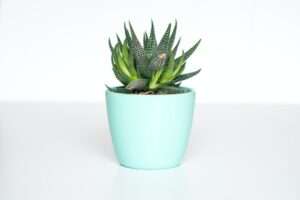
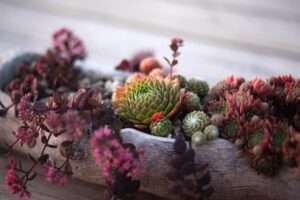
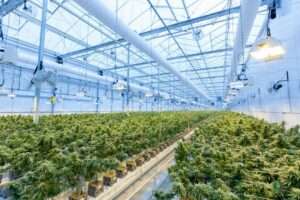
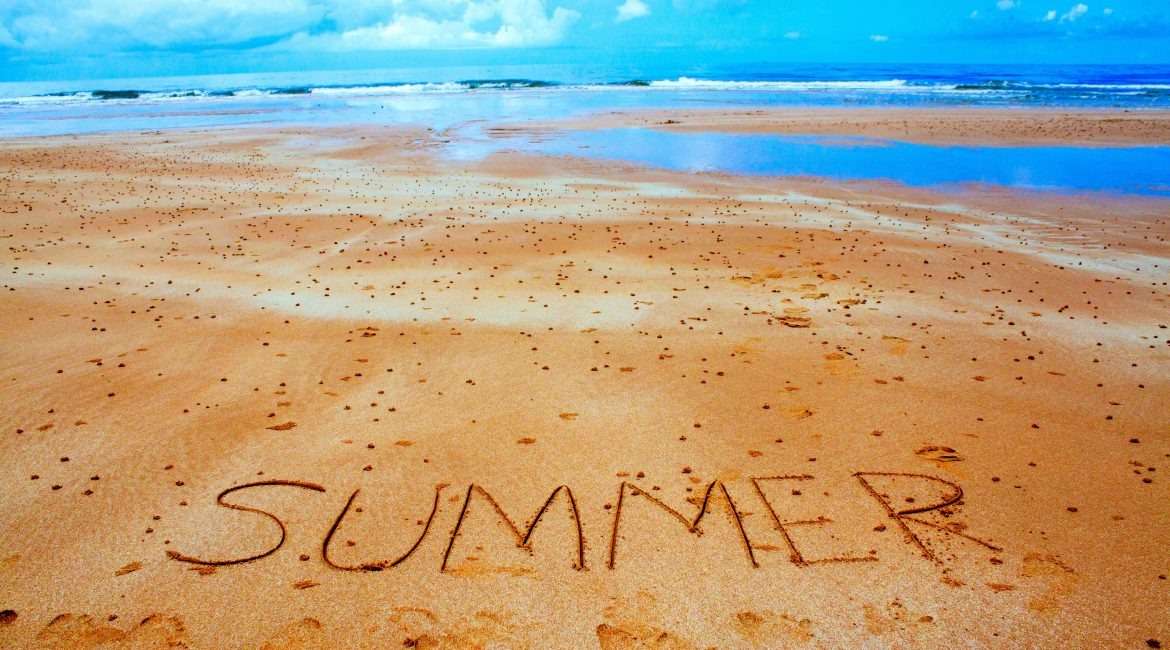


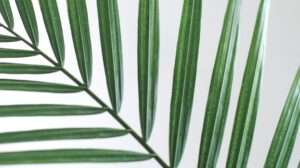
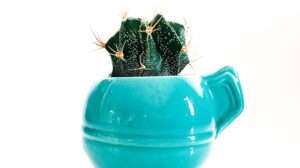
Add Comment